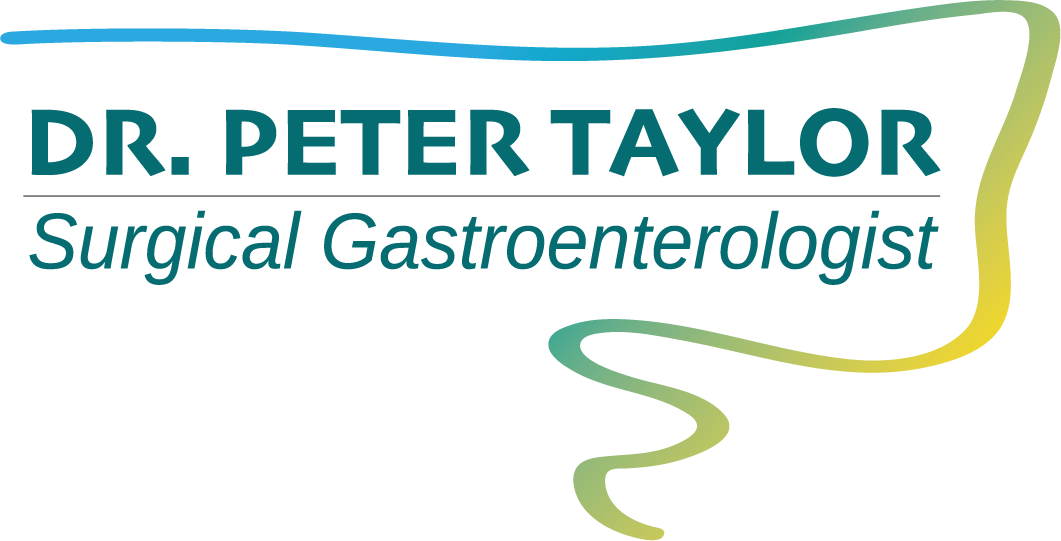
GIVE US A CALL TO SCHEDULE AN APPOINTMENT
GIVE US A CALL: 011 356 6425Gastroscopy
What is a gastroscopy?
A gastroscopy is a procedure that examines the inside of the gullet (oesophagus), stomach (gastrum) and the first part of the small bowel (duodenum).
When is a gastroscopy needed?
A gastroscopy is used to diagnose and sometimes treat conditions that affect the upper digestive system, including the stomach and the beginning of the small intestine. Dr Taylor may recommend a gastroscopy to:
- Investigate digestive symptoms such as abdominal pain, nausea, vomiting, difficulty swallowing and gastrointestinal bleeding.
- Diagnose or test for certain diseases or conditions, such as inflammation, anaemia, bleeding, diarrhoea or digestive cancers of the digestive system.
- Treat problems in the digestive system, such as repairing bleeding, widening a narrow oesophagus, removing polyps or a foreign object.
What to expect from the procedure
Some doctors spray the back of the throat with a topical anaesthetic spray to numb it. You are usually given some sedation via a drip in your arm. You will be awake but not aware and will not remember the procedure with this method. Some patients prefer not to be sedated.
You'll be asked to lie on your left side. Next, Dr Taylor will pass the gastroscope (thin, flexible fibre-optic instrument with a light source and camera at the end) from the mouth to the small bowel in a controlled manner. The procedure usually takes less than 5 minutes.
* We also provide Gastroscopy screenings for Discovery Health Vitality members. Make a booking today - no need for a pre-consultation!
Leave a message
